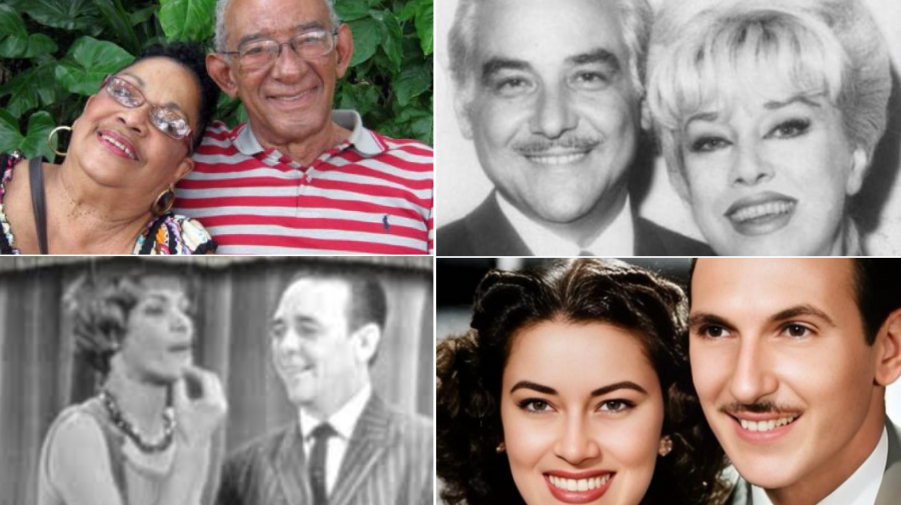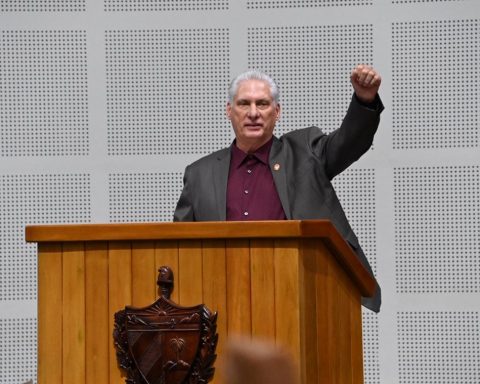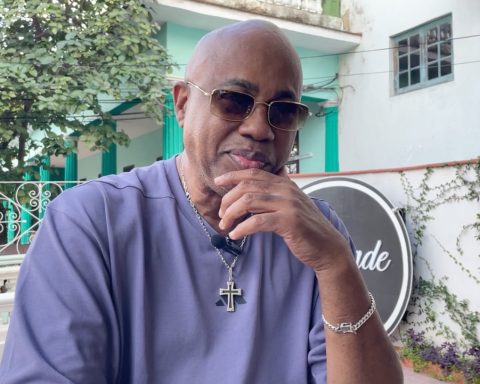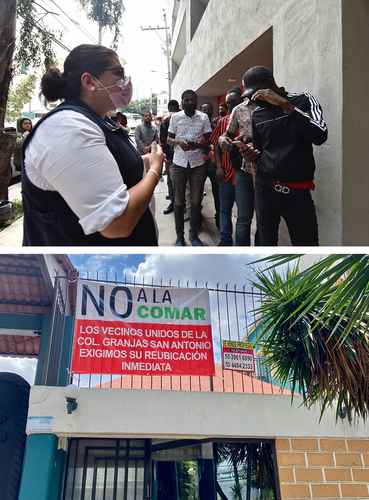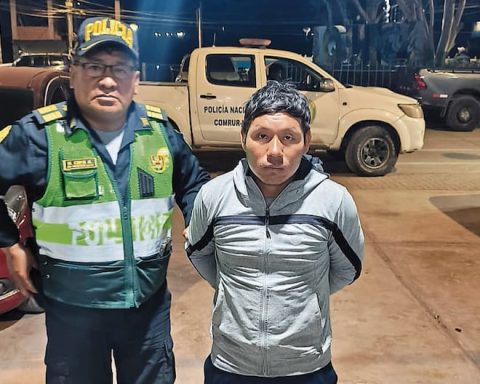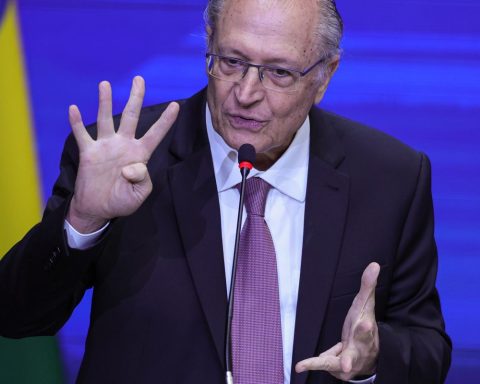MADRID, Spain.- Within the vast Cuban artistic panorama, several couples have stood out not only for their individual talent, but also for the synergy they created. Today we remember duos that shone in their time and transcended it. Some, in addition to the recording sets, also shared life as a couple.
Olga Chorens and Tony Álvarez: The ideal couple
Olga Chorens and Tony Álvarez were one of the most beloved couples in the history of Cuban music and television. Their popularity reached its peak in the 1940s and 1950s, and their legacy endures to this day as a symbol of harmony and nostalgia for a golden age. Tony Álvarez, born in Havana in 1918, began his career as an announcer and advertising model before discovering his true calling in singing. In 1941, he joined the magazine Scriptwhere, according to her colleagues, “she spent her time singing.” Olga Chorens, on the other hand, was born in 1924 and made her radio debut at the age of 11. Her talent led her to participate in contests and successfully venture into acting.
Olga and Tony’s union was not only romantic, but also professional. In 1942, they formed a duo that catapulted them to fame. Their success on radio led them to television, where in the 1950s they were appointed co-hosts of an entertainment program on the network. CMQIts popularity grew to the point that the show was renamed The Olga and Tony Showwhere they performed a varied repertoire every day accompanied by an all-star orchestra, including Israel Cachao López and Rolando Laserie. The couple, known as “The Ideal Couple,” not only stood out for their talent, but also for their exaltation of family values. With the rise to power of Fidel Castro, Olga and Tony sent their daughters to the United States and, in 1963, they joined them in exile, continuing their artistic career in Puerto Rico.
Ramón Veloz and Coralia Fernández: Voices of peasant music
Born in 1927 in Havana, Ramón Veloz is remembered as one of the most beloved voices of Cuban rural music. From a young age, he showed a strong interest in boleros, guajiras and songs from the traditional Cuban repertoire. He began his career on the Mil Diez radio station and quickly gained popularity in radio soap operas and series. Despite his versatility, his true love was always rural music, and he dedicated much of his life to promoting and preserving it.
At CMQ he met vocalist Coralia Fernández, who not only became his wife, but also his partner artistic. Together, they formed a duo that left an indelible mark on Cuban music. Ramón Veloz founded the Trio Cubanacán, with which he cultivated the guajira and son montuno, and in the 1950s he recorded several albums of country and traditional music. His dedication culminated with the founding of the television program Palms and reedswhich to this day remains a corner where “all things Cuban” are born. Ramón Veloz died on the same day he was born, August 16, but in 1986, and his death, along with that of Coralia two years later, was an irreparable loss for Cuban country music.
Aurora Basnuevo and Mario Limonta: Cuban humor couple
Aurora Basnuevo and Mario Limontaboth born in the 1930s, are two of the most emblematic figures of Cuban television and radio. Their legacy in acting has left a deep mark on Cuban popular culture. Aurora, born in Matanzas in 1938, began her career in an amateur group before achieving fame with the Rita Montaner group and in various television programs. However, it was her participation in the comedy series Saint Nicholas of Peladerowhere she was paired with Mario, which marked an era in Cuban television.
Mario Limonta, for his part, is recognized not only for his acting talent, but also for his love for Aurora, with whom he shared both professionally and personally until her death in 2022. Together, they worked on series, soap operas and radio programs, being especially remembered for their role in Dessert Joysa Radio Progreso program that remained on the air for decades and became one of the most popular on Cuban radio. Aurora’s death in 2022 was a hard blow for Mario, who has publicly expressed how difficult the loneliness has been for him after the loss of his beloved companion.
Armando Bianchi and Rosita Fornés: Versatile talent on Cuban television
Armando Bianchi and Rosita Fornes They are another example of a couple that left their mark on Cuban culture. Both were successful in The Supreme Court of Art before consolidating his career on the stage, radio and film of Latin America. Bianchi, after his return to Cuba in 1951, was hired as a lyrical singer and actor on CMQ TV, where he displayed an intense creative activity. Rosita Fornés, born in the United States but raised in Cuba, became a successful vedette in Mexico before returning to Cuba.
In 1952, they debuted together on Cuban television, and their on-stage chemistry quickly made them audience favorites. Over the years, they shared the stage in programs, theaters, and tours, always standing out for their versatility and talent. Their influence on Cuban television was such that in 1953 they were elected Mister and Miss TV, a recognition of their popularity and the quality of their work.
Consuelito Vidal and Cepero Brito: Masters of driving
Consuelito Vidal and Cepero Brito are fondly remembered for their participation in one of the most popular comedy shows on Cuban television: Behind the Facade. This show, broadcast on Channel 6, became a benchmark for Cuban humor, and both actors won the affection of the public for their ability to play characters that reflected the Cuban idiosyncrasy and for their on-screen chemistry, even though, unlike the previous ones, they were not a couple off-stage as well. Together, they formed a couple that, through humor, managed to connect with several generations of Cubans, leaving a legacy that is still remembered with nostalgia.
Marta Jiménez Oropesa and Idalberto Delgado: Rita and Paco, icons of radio humor
The duo formed by Marta Jimenez Oropesa and Idalberto Delgado is another example of a couple that left a mark on Cuban humor. Remembered for their interpretation of Rita and Paco in the aforementioned After-dinner joyswritten by Alberto Luberta, both actors became iconic figures of Cuban radio. Marta, known for her unmistakable voice and her ability to bring endearing characters to life, was a central figure in Cuban radio and television for decades.
Idalberto Delgado, who played Paco, had a prolific career that spanned television, film and radio. His work on shows such as Pototo and Filomeno and Cachucha and Ramon consolidated him as one of the most beloved actors in Cuba. Together, Marta and Idalberto made generations of Cubans laugh with their characters in After-dinner joys.
